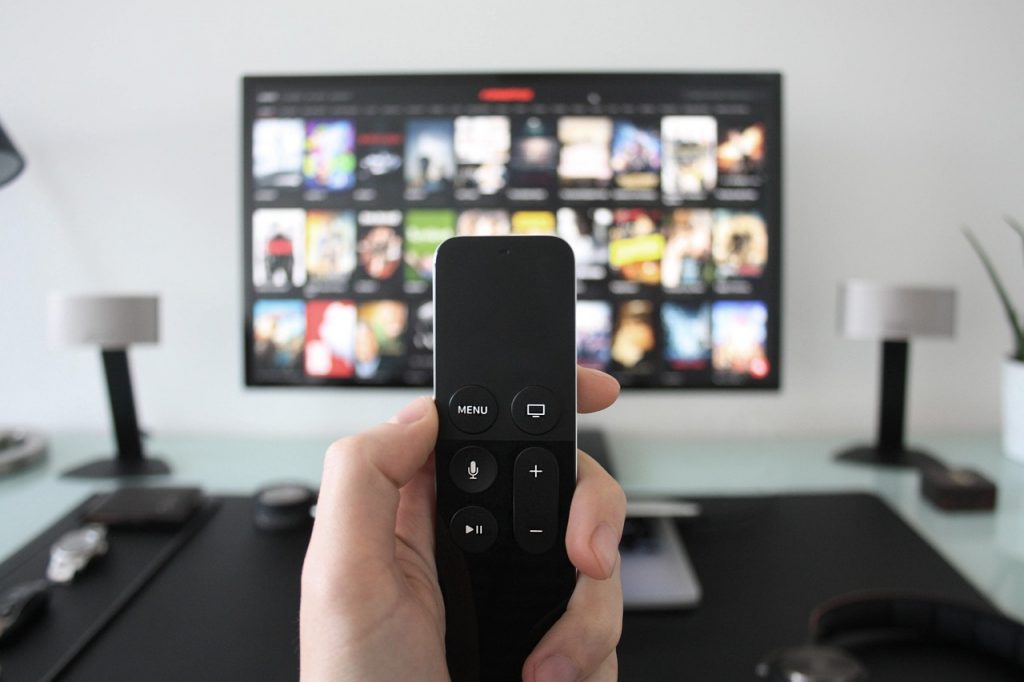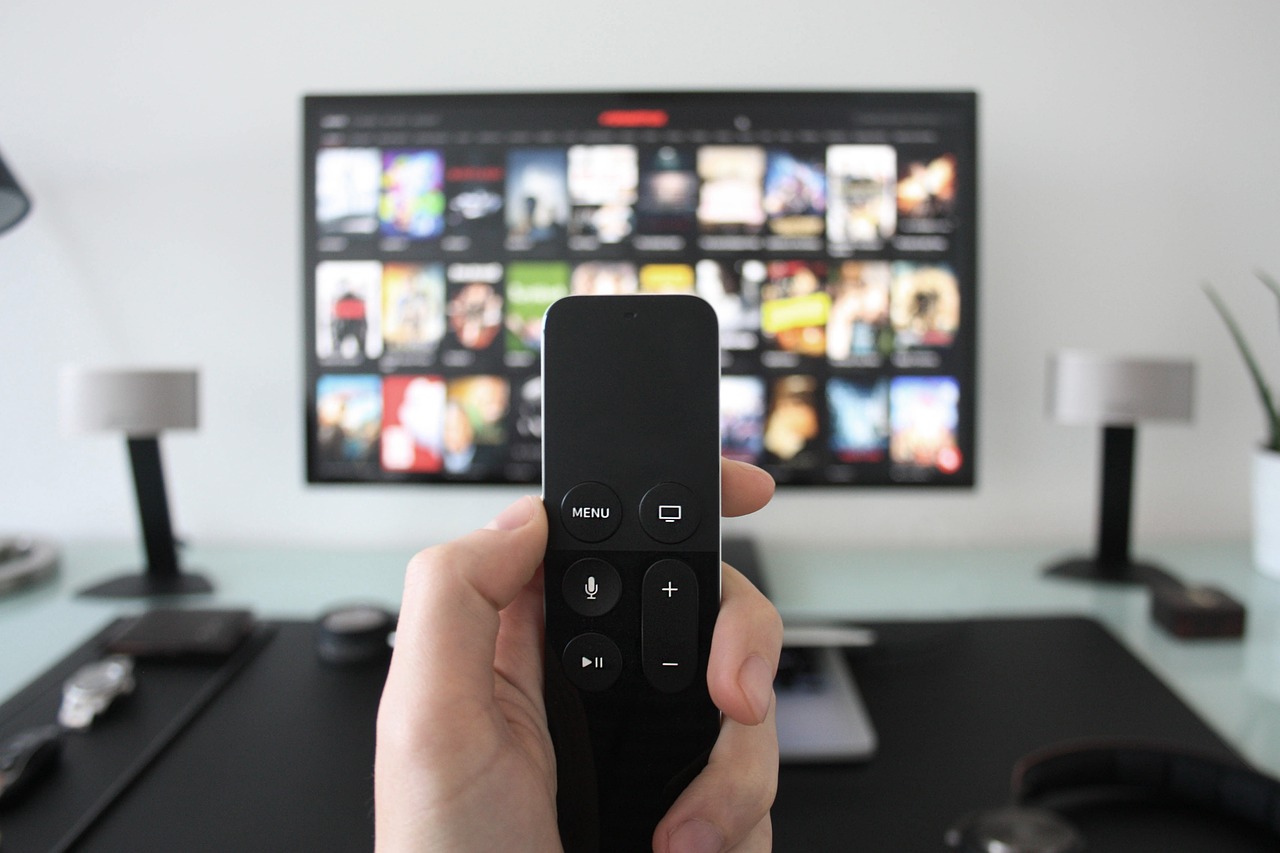Charter Spectrum, one of the country’s largest cable TV service providers, shed 800,000 television subscribers in the last three years. Despite this loss, the firm increased revenues by 6 percent, mainly by increasing its television and internet subscription rates.
Q3 hedge fund letters, conference, scoops etc

This reality is a sign of a new trend. As entertainment consumers drop cable TV in favor of more affordable online streaming services, they also need to up their internet connection speed. And which companies provide broadband? That’s right, large cable TV providers like Spectrum, AT&T, and Comcast. So in the end, cable firms both win and lose customers because of streaming, forcing them to adapt to stay afloat.
Still, many have long argued that streaming could put an end to cable TV as we know it. Because of this digital revolution, large providers are finding a way out by staying in the internet service business. But providing high-speed connections isn’t cheap, and not because providing broadband is a costly operation but because the government stands in the way.
When an Internet Service Provider (ISP) wants to expand its network to reach more customers, it must negotiate with the city and other local government bodies for access to publicly owned spaces so they can set up their wires and either get them tucked underground or attached to poles, which are owned by public utility companies.
According to the Federal Communications Commission (FCC), the “right of way” fees local governments charge often double the cost of network construction and sometimes add years to the process, keeping smaller competitors from entering the market.
In other words, barriers to entry imposed by governmental bodies may just be the saviors of big cable—after all, if providing internet is their top-earning game, then keeping smaller competitors at bay will allow them to keep increasing their rates despite the drop in cable consumption.
Cable TV and the ‘Blockbuster Curse’
Competition in any sector leads to innovation, and innovation makes certain technologies obsolete over time. And as “video killed the radio star,” as the song goes, streaming killed video—or at least made it less likely to survive.
In any case, smart entrepreneurs can still tap into niche markets and respond to customers’ needs by cutting unrelated costs, thus helping them survive — and even thrive—in an otherwise shaky environment. That’s the case of Family Video, a profitable chain of video rental stores that continues to do business in the Midwest, and successfully so.
Perhaps cable TV will also die in a sense, with more and more companies venturing into the streaming business—such as Apple. With so many options at the reach of a click, customers are sure to flee to digital, turning their backs on cable completely. But for that to happen, consumers will need to rely on internet providers. Thanks to how difficult it is for smaller entrepreneurs to compete with large broadband providers, cable TV providers might very well survive in the end, as the demand for the very technology that made streaming a possibility will continue to grow.
Perhaps if the government got out of the way and allowed for smaller companies to enter the picture at a larger scale, big corporations would no longer hold such a large share of the market. And cable TV, in the end, would either find its own niche, just like surviving video rental stores did, or be allowed to die a dignifying death.
Chloe Anagnos is a professional writer, digital strategist, and marketer. Although a millennial, she’s never accepted a participation trophy.
This article was originally published on FEE.org. Read the original article.
![]()

